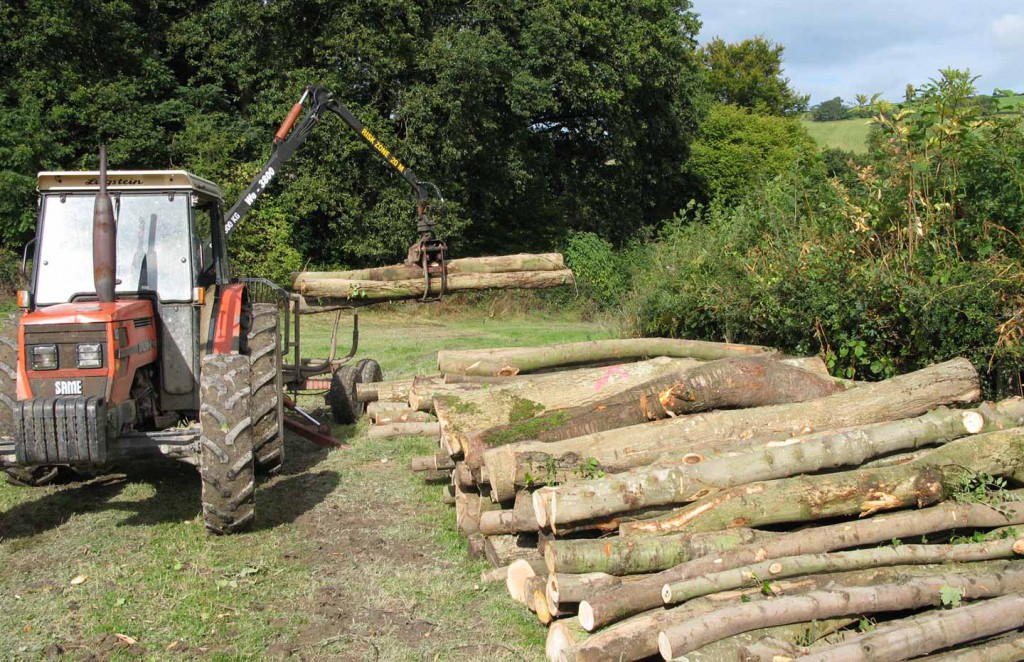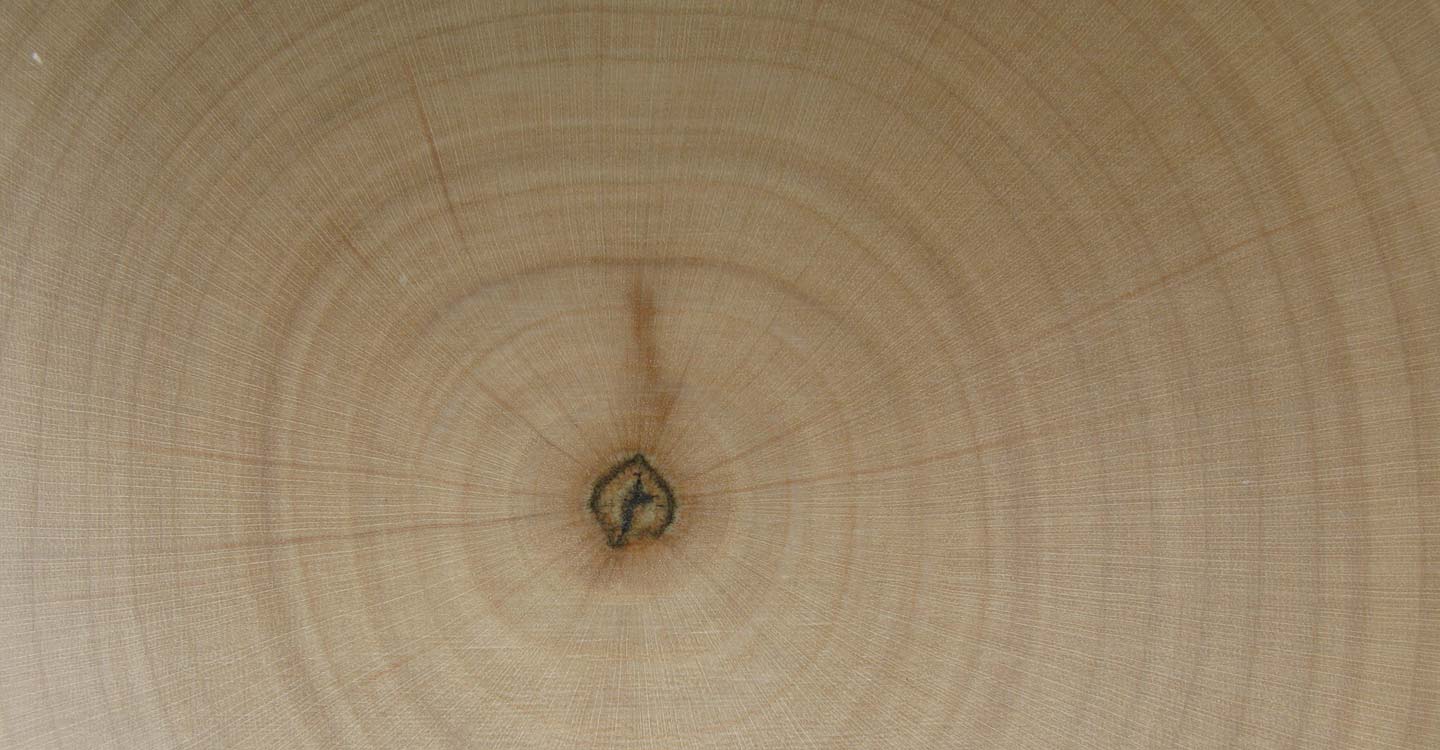Woodland Resource

Almost 14% of the land area in Wales, 284,000 hectares, is covered by trees. Of this, 128,000 hectares are broadleaf woodlands, which are predominately private sector owned. Around 30,000 hectares of this is ancient semi natural woodland producing approximately 30,000 cubic metres of timber per annum.
As part of the Endgrain Supply Chain Project, it was necessary to better understand the potential quantity of timber that could go into the endgrain flooring market. Through a good woodland management process, the first and second thinnings of many species were highlighted as being appropriate material for endgrain tiles and cobble products. This could add significant value to the timber and encourage better management by the woodland owner. Interestingly during the period of the project the fire wood market grew dramatically in Britain, which drove the price for timber at the roadside.
Coed Cymru Officer Mike Richard was commissioned in 2010 to carry out a mensuration of a selection of 26 woodland sites in Powys. These were mixed native hardwood stands covering 212.77 hectares. From this Mike and his colleagues were able to develop a method of surveying woodlands before thinning took place and calculate with reasonable accuracy the volume of timber that could be extracted to go into the endgrain flooring market.
Three hardwood log sizes had been considered in this project:
- Small dimension short logs for endgrain flooring tiles – 150mm to 300mm in diameter and between 1 metre and 2 metres in length before bends.
- Standard saw logs residues for furniture and joinery – 300mm in diameter and upwards.
- Pulpwood for the fencing or fire wood market – 150mm in diameter and smaller.
In his summary report Mike Richards states:-
“The study investigated methods used for estimating standing timber and predicting log yield volumes from the standing timber crop.
The survey results show that hardwood timber reserves suitable for endgrain products are present in woodlands throughout Powys.
Of the 69ha examined, an estimated standing volume of 17576m3, giving an average standing volume of 255m3/ha. This volume was assessed for suitability for specific markets using small dimension hardwood.
From this volume it is estimated that 39%, (6867m3 or 100m3/ha) may be suitable for use in the manufacture of endgrain products, 25% (4464m3 or 64m3/ha) sawlog material providing additional timber suitable for the joinery and craft markets, and 36% (6245m3 or 91m3/ha) residue mainly used for firewood.
Annual sustainable yield of material suitable for endgrain products equates to around 1.6m3/ha per annum based on an annual timber increment of 4m3/ha. The figures suggest that a single woodland equivalent to the sample of 69ha could maintain an annual production of approximately 110m3 of timber suitable for the end grain manufacturing process.
Based on the survey figures, a typical thinning of around 20% of the standing volume carried out as a single operation yields around 20m3/ha endgrain material, 13m3/ha sawlog, and 18m3/ha residue based on an average standing volume of 255m3/ha.
Well managed stands of hardwood will provide higher timber yield of useful sawlog material. Accessible stands are likely to generate higher income levels than those without.”
For a copy of the Endgrain Supply Chain Mensuration Report please contact Coed Cymru endgrain@coedcymru.org.uk

